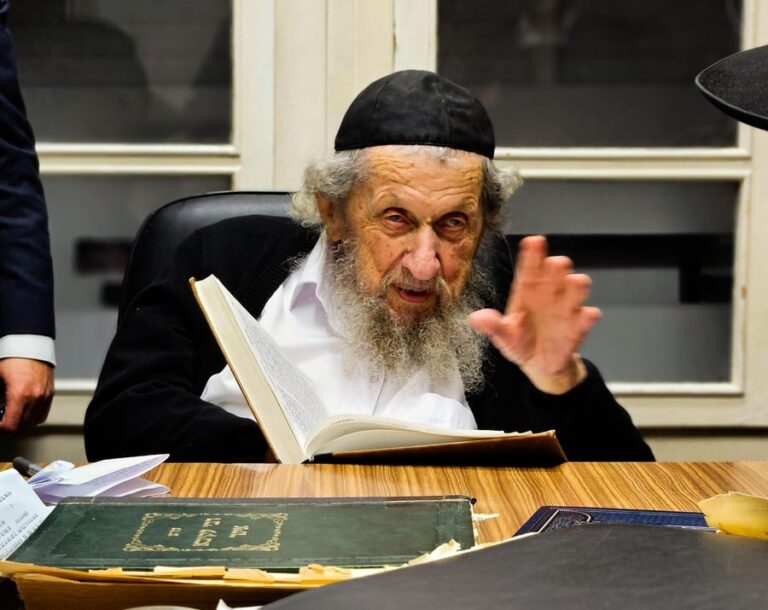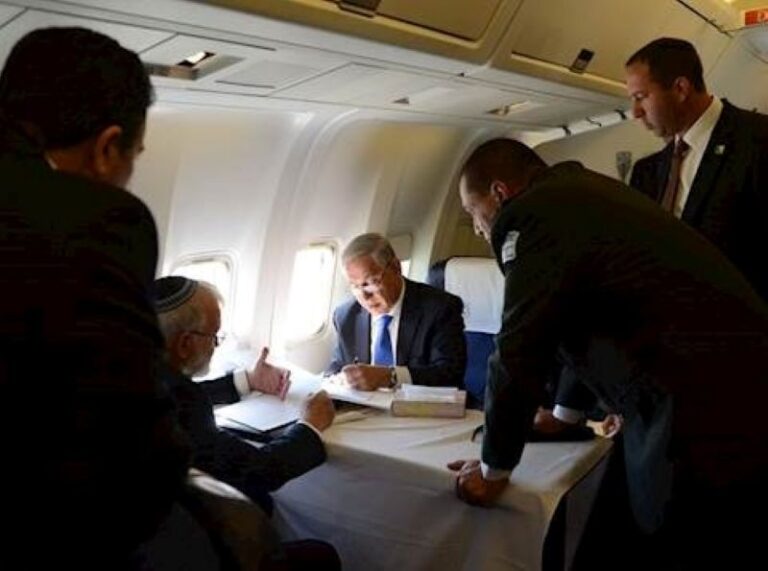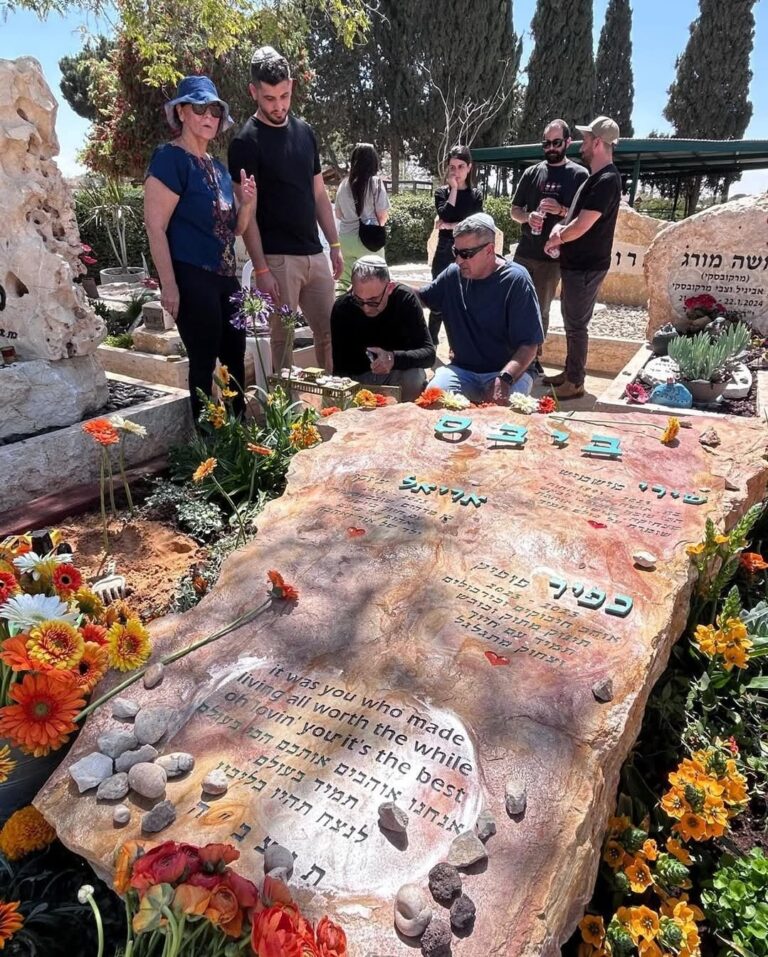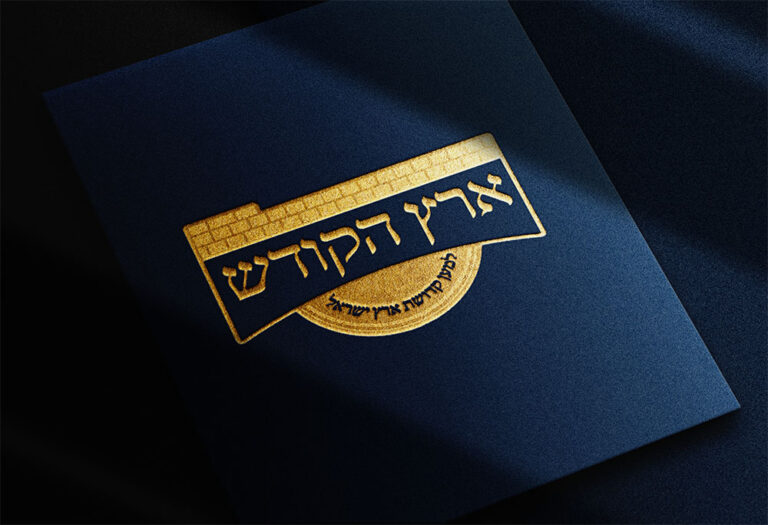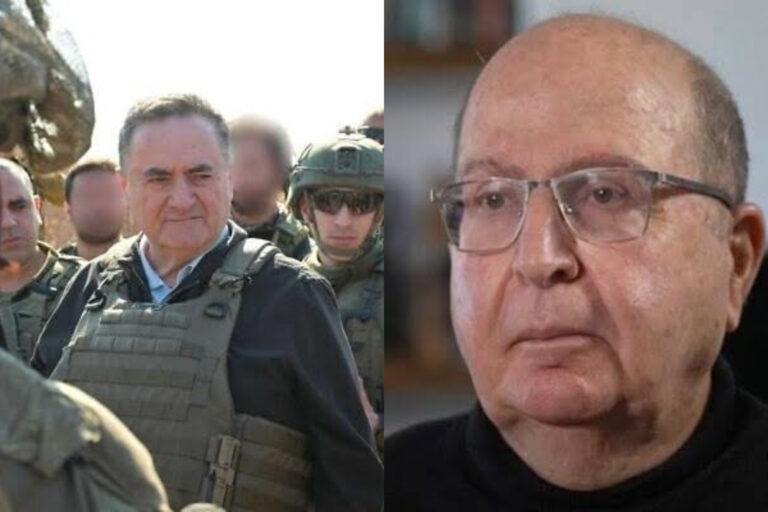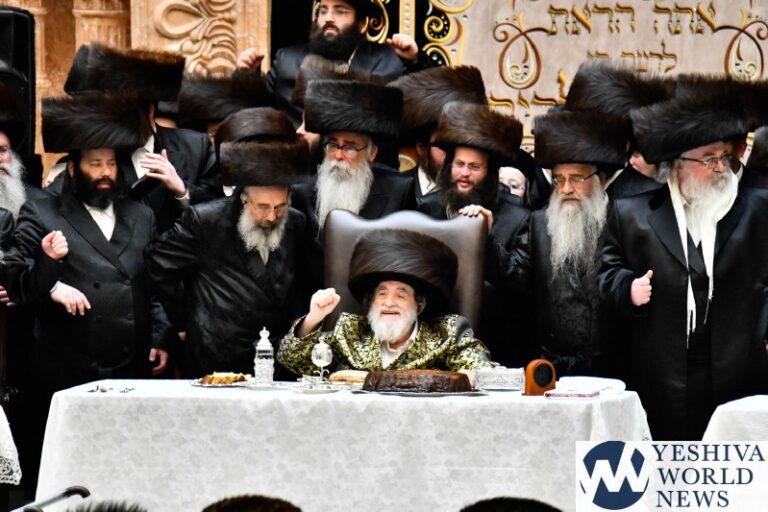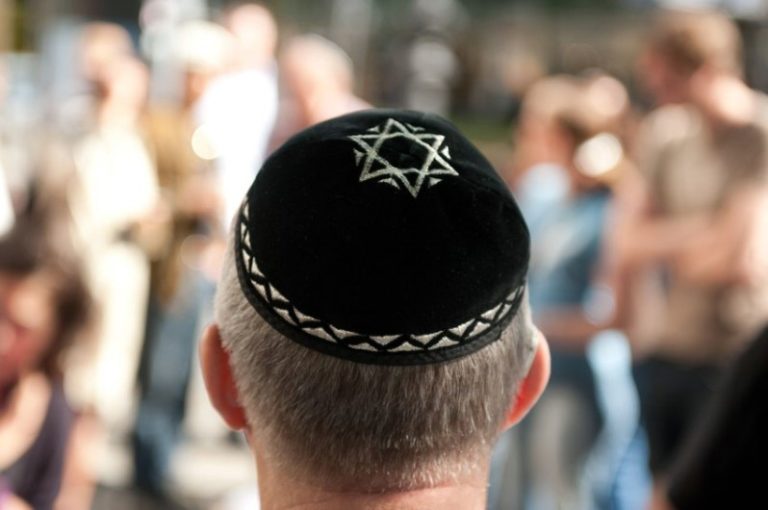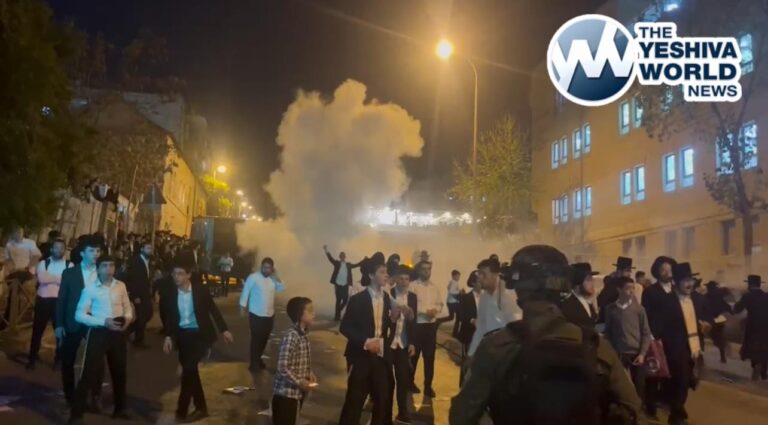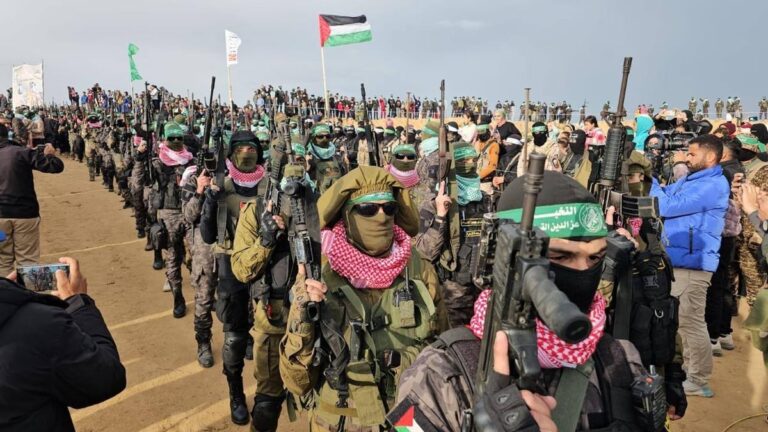By Rabbi Yair Hoffman – l’ilui nishmas Reb Nosson Yoseph ben Moshe, Dr. Nathan Hoffman ob”m
What does Iron Dome have to do with BaHaB? This article on BaHaB was written l’zecher Nishmas my father ob”m – and the connection will b’ezras Hashem be made at the end of the article.
BaHaB is observed on the Monday, Thursday, and Monday after the Shabbos after the Rosh Chodesh after Pesach. It is also observed after Sukkos following the same formula. The word BaHaB is an acronym of letters where the Gematria is 2,5,2 referring to the second day of the week, the fifth day of the week, and the second day of the week again. It is not observed, for some reason, after Shavuos.
Many people not only recite Selichos during these three days, but they also fast. The reason why it is the Monday following the Shabbos after the Rosh Chodesh after the holiday is to give the shul an opportunity to “Bentch BaHaB” – to bless those people that will be observing this custom. It is done the previous Shabbos by the Chazan after the Torah reading and before Mussaf.
But what exactly are the reasons for this practice?
SIX DIFFERENT REASONS
A quick look at the commentators reveals no less than six different reasons.
- The Baalei Tosfos (Kiddushin 81a s.v. “Sakva”) explain that during the Yom Tov – there is mixing that occurs when men and women both attend the Rabbi’s drasha.
- The Maharil explains that feasting and joyous occasions are opportunities, unfortunately, for people to sin.
- The Eliyahu Rabbah explains that the Slichos and the fasting on BaHaB is to atone for violations of Chol HaMoed that occurred on these two holidays. It is forbidden to perform Malacha, work, on the intermediate days of the holidays, unless it fits into one of five exceptions. Unfortunately, many people are in violation of this law and just go about their business with no change.
- Rabbi Mordechai Jaffe, the author of the Levush, provides a different reason. He writes that this is the period that there are changes in the weather and people are apt to get sick. The purpose of the BaHaB is to pray for the welfare of our people that they not get sick.
- The Raavyah, also known as the Avi Ezri, cited in the Mordechai (Tractate Taanis #629) provides an entirely different explanation. He states that it has nothing to do with Teshuvah or penance. His opinion is that the fasts were initiated on account of the harvests. We are fasting and praying that the weather should not adversely affect them.
- A Talmud professor at Bar Illan University (and a graduate of Yeshiva Kol Torah), suggests an entirely different explanation. He writes that there were actually two different customs of fasting that somehow got combined together. He suggests that the BaHaB after Passover has nothing to do with Passover but rather commemorates the fasts of Esther. They just could not be held during the month of Nissan, so they were pushed off to the month of Iyar. He suggests that Meseches Sofrim 17:2 clearly indicates this. So what about the fast after Sukkos? There he agrees with the Raavyah that it was initially a harvest oriented fast. According to him, the reason why it was not initiated on Shavuos is thus clear.
THE WELFARE OF THE JEWISH PEOPLE
We see that most of the reasons for BaHaB are concerned with either the physical or spiritual welfare and safety of the nation of Israel.
GOING BACK TO THE MID-SIXTIES
To understand the connection, we must go back close to sixty years ago. Ronald Reagan, in November of 1966, had won the election of the governate of California, by a landslide. Dr. Edward Teller of the Lawrence Livermore National Laboratory, a friend and associate of my father a”h, then went up to Sacramento and invited Governor Reagan to Livermore – where he gave a lecture (Nov. 1967) on how the US could possibly combat a Russian nuclear missile attack using nuclear missiles. Governor Reagan attended that lecture, and was fascinated.
On July 31, 1979, right after Reagan launched his campaign against President Jimmy Carter, Hollywood producer Douglas Morrow, economist Martin Anderson accompanied Reagan from Los Angeles to the NORAD base in Cheyenne Mountain, Colorado. They spoke with the base commander, Air Force General James Erskine Hill, and the question was asked as to what could be done if the Soviets fired just one missile toward the United States. The former Ace World War II pilot answered, “Nothing.” He wryly added, “We could track it, however – the whole time.”
On the flight home to Los Angeles, Reagan shook his head and said, “We have spent all that money and have all that equipment, and there is nothing we can do to prevent a nuclear missile from hitting us.”
Years later, Ronald Reagan was elected president of the United States and tried launching something called the Strategic Defense Initiative (SDI). It was soon ridiculed by leading Democrats who pejoratively referred to it as “Star Wars” – after the fact that the death star in that movie could shoot laser type rays. President Reagan and his administration were undeterred and the Reagan administration invited the State of Israel to partake in the research of SDI. The Reagan Administration pushed leading Jewish Democrats to support the project and explained that it would also be important for Israel. Israel accepted the invitation, and my father zichrono livracha, was part of the U.S. team of nuclear physicists and rocket experts that went to Israel to help initiate the partnership. Although SDI was eventually cancelled – it left a remarkable legacy in the development of the Arrow Missile system that is used by Iron Dome and the close ties between the two countries.
What does the pre-history of Iron Dome have to do with BaHaB? They both are concerned with the physical and spiritual welfare and safety of the nation of Israel. True, President Reagan did sell AWACS to Saudia Arabia, but he was genuinely concerned with the safety of the United States’ leading ally in the middle-East. It was President Reagan who issued the invitation to Israel and it was not Israel who lobbied for the invitation to happen.
One of my earliest recollections is sitting in a bomb shelter with my mother and sister in the Six Day war seeing my mother’s mangled leg after she had been hit with shrapnel carrying my sister and me to safety. At the time, my father (pictured above next to Prime Minister Shimon Peres), was away, digging trenches – also trying to protect Klal Yisroel. Just as he did years later in those original SDI meetings with Israel. Today, 5 Iyar, is my father’s yahrtzeit, when we begin BaHaB, and once again Klal Yisroel is in danger – yehei zichro boruch. May our tefilos of BaHaB keep acheinu bnei yisroel safe, and may my father be a meilitz yosher for all of Klal Yisroel.
The author can be reached at [email protected]


